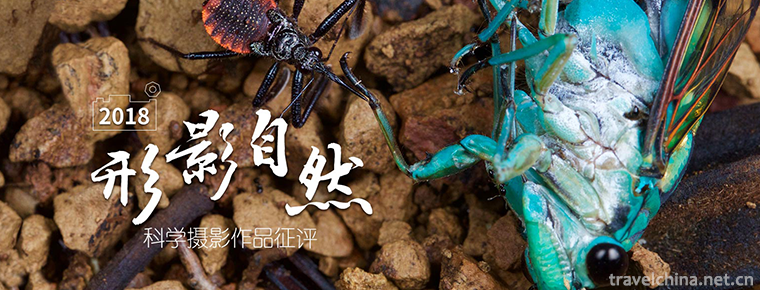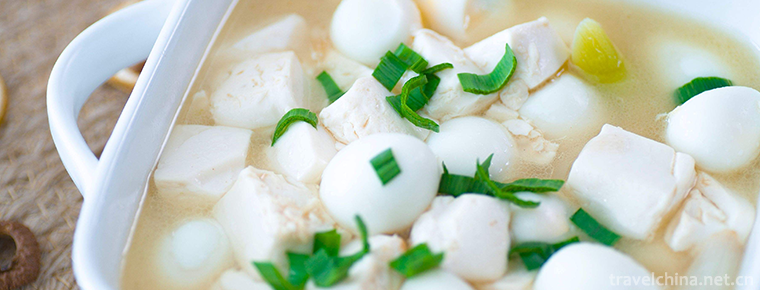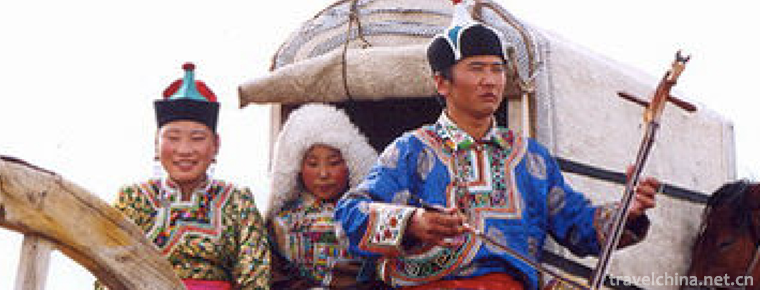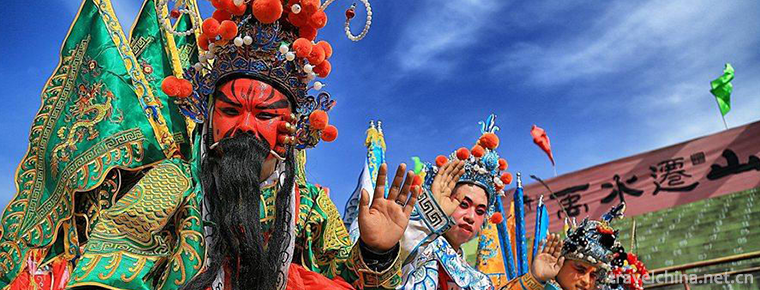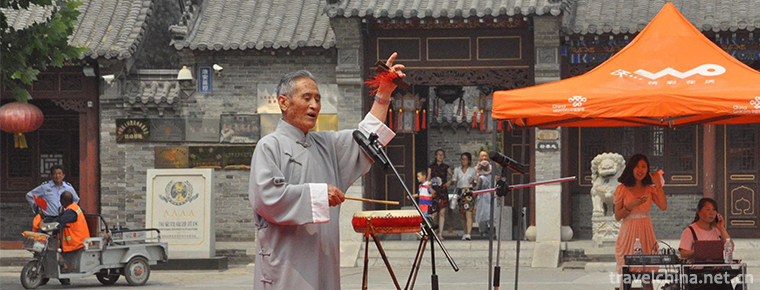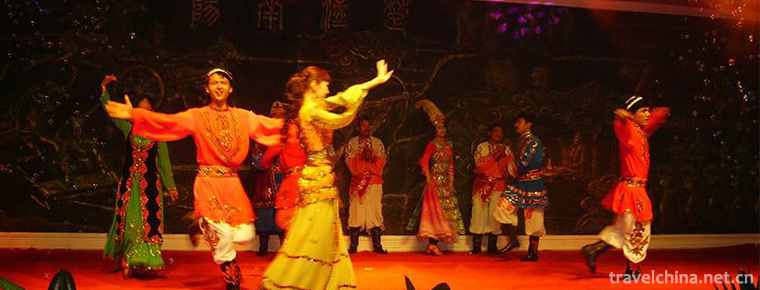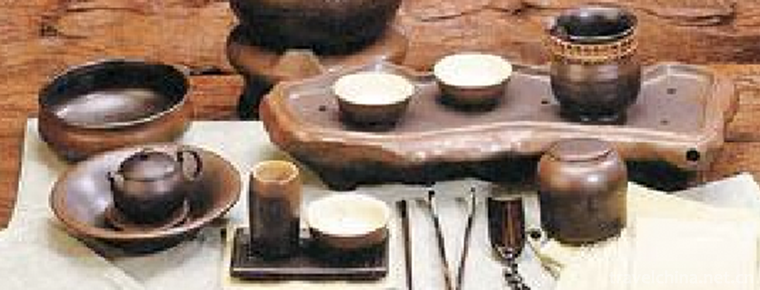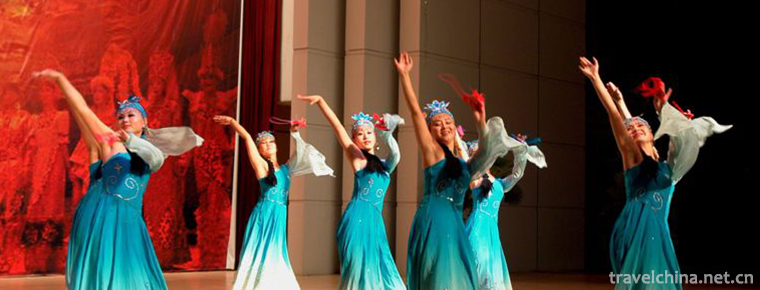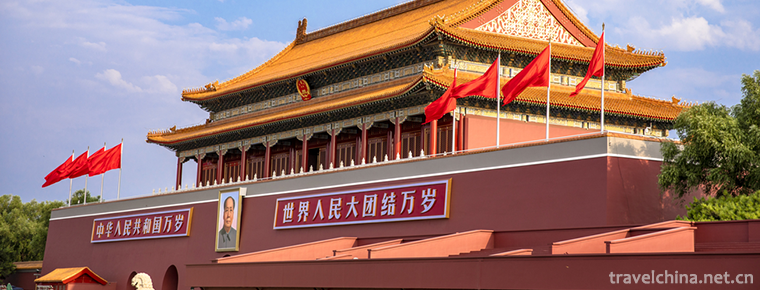Yongxin Shield Dance
Yongxin Shield Dance
Yongxin Shield Dance, a traditional folk dance in Yongxin County, Jiangxi Province, is one of the national intangible cultural heritage.
Shield dance, also known as men's group dance rattan dance, roll the shield, reflects the most primitive national cohesion, team spirit and fighting spirit. Shield dance is mainly spread in Longyuankou, Yange and other southern villages in Yongxin, Jiangxi Province. It integrates martial arts, acrobatics, dance and music. It is rough, vigorous and intrepid. The formation changes singularly and magnificently. It has strong traditional cultural characteristics and great fighting momentum.
On May 20, 2006, Yongxin Shield Dance was approved by the State Council and listed in the first batch of national intangible cultural heritage list, heritage number: III-10.
historical origin
Yongxin shield dance originated from the shield tactics of the ancient army. According to legend, the "Fujie General Talk" in Qi Jiguang's Jixian New Book, a famous anti-Japanese General of the Ming Dynasty, should be its source. There is no final conclusion as to when it was introduced into Jiangxi. One is that it was introduced when the inhabitants of the Yellow River basin moved southward on a large scale in the Qin Dynasty; the other is that it came from "Tuanpaiwu" created by Huang Gai, a famous general of the Three Kingdoms Period; the other is that shield dance originated in the Qing Dynasty, after the failure of the Taiping Heavenly Kingdom Movement at that time. The Taiping Army officers and soldiers who were exiled here were trained to make a strong resistance. Later, it was refined and perfected by some local martial worshippers, and gradually evolved into a traditional folk dance with both ornamental value and fitness and entertainment.
Dance features
Performing Form
Shield dance has a traditional, solemn and solemn performance form. The style of shield dance is characterized by small movement range and fast frequency. When performing, one should master the eight-character formula of "push, block, build, stand, push, flash, fall and roll". Before practicing, there is a solemn ceremony. The dancer should kill the cock and sacrifice the ancestral tablet under the leadership of the patriarch. Its purpose is to "pray for the gods to protect the men", which is obviously an ancient man. The legacy of the sacrificial rites before the military expedition.
Clothing characteristics
Nine warriors wore long scarves with black bottoms and white breast clouds. They wore black tights, leggings and Jute Straw shoes. One holds a steel fork with a ring, acting as a general or an enemy cavalry; the other holds a shield, a knife, and one by one is strong and powerful.
distinguishing features of music
Shield dance music is unique. Folk percussion accompaniment is often used in performances. The drum point of "turning chicken feathers" is often used around the venue. In some places, the accompaniment instrument will add strings and wind music. In some places, a traditional folk special instrument "sonar" is added. Its voice is sharp, high and very penetrating. On the basis of percussion music, shield dance music absorbs Suona Opera "gong tune" in "lantern color" and "south road scatterboard" in "long tone plus flower" in "opera" and "fast board Gong and drum in"national art", and so on. With the development of the plot, such as storms and rains, ten thousand horses galloping; such as Liri and wind, Xinma from Xinjiang; such as small bridges flowing water, etc. Ying Geyan Dance, together with the clanking ring of short knives and the "hoo" cry of actors during the performance, has played a very good role in creating a lively atmosphere.
The plot content
The plot of shield dance is relatively simple. The main performance is that the two armies break through the battlefield and attack and defend each other, but the battlefield is unpredictable. The whole performance is divided into eight formations, namely, quadrangular array, long snake array, eight-character array, wasp array, gantry array, purse array, flower array and receipt. At the beginning of the performance, the warriors fought bravely with their forks and made a left-handed and right-handed dash. Then the battle changed into a long serpentine battle, with the two armies confronting each other, and the warriors shouting at the urgent drums. After a period of walking, it suddenly changed into an octagonal array. In a rush of drums, eight warriors rolled side by side, like a wasp coming out of a hole and sweeping in. Next came the "pocket arrays" and "dragon gate arrays" surrounded and counter-surrounded. The most brilliant thing is "playing cards". The warriors relied on their daily hard-working martial arts. The real knives and forks played dazzling "jumping cards", "pulling cards", "trench cards", "rubber cards", "rolling cards" and "hiding cards".
Inheritance and Protection
Inheritance value
Shield dance is well known in Yongxin area. There was a saying that "no shield is not a man", especially when the Lantern Festival "lights out". It is deeply loved by local people and enriches people's cultural life. New Shield Dance is a microcosm of folk customs in mountainous areas of Southwest Jiangxi Province. It embodies the most primitive national cohesion, team spirit and fighting spirit. As far as artistic value is concerned, it integrates martial arts, juggling, dancing and sculpting, and becomes a typical representative of local culture.
Current situation of inheritance
Shield dance, as a very distinctive traditional dance art, is widely welcomed by the people. In contemporary times, it has become a perfect form of fitness and entertainment for farmers in Yongxin and even in Jinggangshan, Taihe and surrounding counties and cities. It has become a "reserved program" to celebrate rural marriages and children's entrance to school. With the rapid development of cultural life and the successive death of old artists, shield dancing is in danger of losing its heritage, so rescue work is imminent.
Heritage figures
Wu Sangui, male, Han nationality, born in 1948 in Nantang Village, Longyuankou Town, Yongxin County, Jiangxi Province. In February 2008, Wu Sangui was selected as the representative successor of the second batch of national intangible cultural heritage projects and declared in Yongxin County, Jiangxi Province.
protective measures
Yongxin County has invested a lot of manpower, material and financial resources, established special research institutes, trained professional teams, launched a series of activities, and made every effort to excavate and organize shield dance.
On May 20, 2006, Yongxin Shield Dance was approved by the State Council and listed in the first batch of national intangible cultural heritage list.
Shanghai Science and Technology Film Studio will record Yongxin Shield Dance twice. Central News Film Studio and Pearl River Film Studio will put Yongxin Shield Dance on the screen and publicize it widely to the society.
social influence
Important Exhibitions
In 1975, more than a dozen folk artists in Nantang Village performed Shield Dance at the first folk art show in Jiangxi Province.
In the winter of 1975, "Shield Dance" was processed in Beijing and performed abroad with the former Northeast Military Region Song and Dance Troupe in the former Soviet Union, Korea and other countries.
In 1984, shield dance was selected as one of the traditional folk dance collections by Jiangxi TV station and went on the screen.
In 2005, Yongxin Shield Dance participated in the street-stepping performance of the Nanchang International Nuo Culture and Art Festival and the folk art festival performance of Jiangxi Province. As the only folk art program selected by Jiangxi Province, Yongxin Shield Dance went to Shanwei City of Guangdong Province to participate in the first Pan-Pearl River Delta "9+2" folk art performance contest, and was well received.
Honorary recognition
In 1975, shield dancing won excellent program awards and performance awards in the "National Folk Music and Dance Festival" and "Zhongnanhai Melody" held in Beijing.
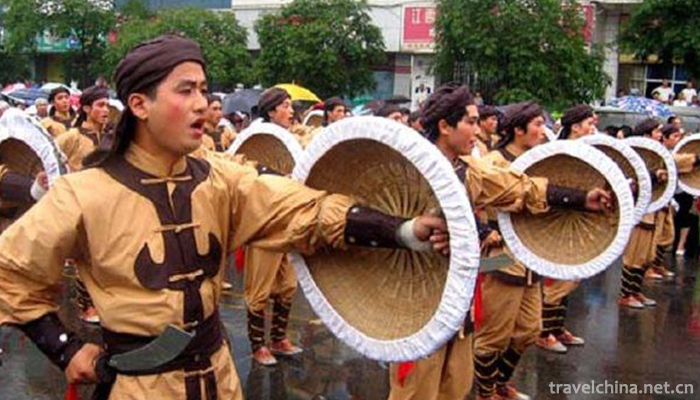
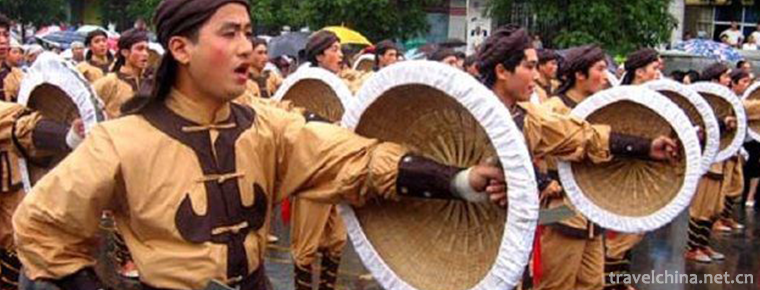
Yongxin Shield Dance
-
Great mercy Pavilion Plain noodle
Great mercy Pavilion Plain noodle, originated in Zhaitang of Daci Pavilion Chan Yuan in Baoding City, Hebei Province, has a history of 800 years.
Views: 256 Time 2018-11-27 -
Beijing Museum of Natural History
The Beijing Museum of Natural History is located in the overpass area on the central axis of the capital's southern city. It is backed by the Tiantan Park, a world cultural heritage
Views: 140 Time 2018-12-15 -
Quail egg soup
Quail egg soup is a delicacy made of quail eggs, shrimps, etc.
Views: 257 Time 2019-03-24 -
Drum Dance
Dance and drum dance is a kind of folk dance of Miao nationality in China. Miao people's "encouragement" has a long history. The written records of Miao people's drumming
Views: 146 Time 2019-05-01 -
Horqin Chaoer Epic
Horqin epic is a local tradition of Mongolian heroic epic. It is the only living epic in Horqin area of Inner Mongolia Autonomous Region. "Chao Er Playing Method", "Overtone Playing Met
Views: 151 Time 2019-05-09 -
Folk fire Min Jian She Huo
Folk society fire is a kind of folk entertainment popular in China during the Spring Festival. It is widely spread in Shaanxi, Shanxi, Hebei, Henan, Liaoning and other provinces. On May 20, 2006, Folk
Views: 178 Time 2019-06-05 -
Wooden drum
During the performance of the wooden drum, one person holds the wooden board in his left hand and the drum in his right hand, beating the wooden board and the book drum in turn in standing rap to matc
Views: 307 Time 2019-06-05 -
Uygur Folk Songs
Uygur folk songs are rich in content, which can be divided into two parts: traditional folk songs and new folk songs. Traditional folk songs include love songs, labor songs, historical songs, Life son
Views: 180 Time 2019-06-26 -
Production Techniques of Oolong Tea
Oolong tea production technology is a local traditional handicraft in Anxi County, Fujian Province. Historically, during the reign of Yongzheng in Qing Dynasty (1723-1735), tea farmers in Anxi County
Views: 174 Time 2019-06-29 -
Xibo Westward Movement Festival
The Xibo people's westward migration Festival is called "418 Festival" because it is on April 18 of the lunar calendar. Because of the intention to miss relatives, also known as the Day of R
Views: 228 Time 2019-07-01 -
Chinese history
Chinese history From China Chinese civilization To the present history. China has a long history. Since the Huangdi tribe Ji Xuanyuan (also known as the Gong sun Xuanyuan) period has been counted for
Views: 215 Time 2019-08-28 -
Sichuan University Of Science and engineering
Sichuan University of Light Chemical Industry is a general full-time university with more than 50 years of undergraduate and nearly 20 years of postgraduate education, which has coordinated developmen
Views: 252 Time 2019-08-31

